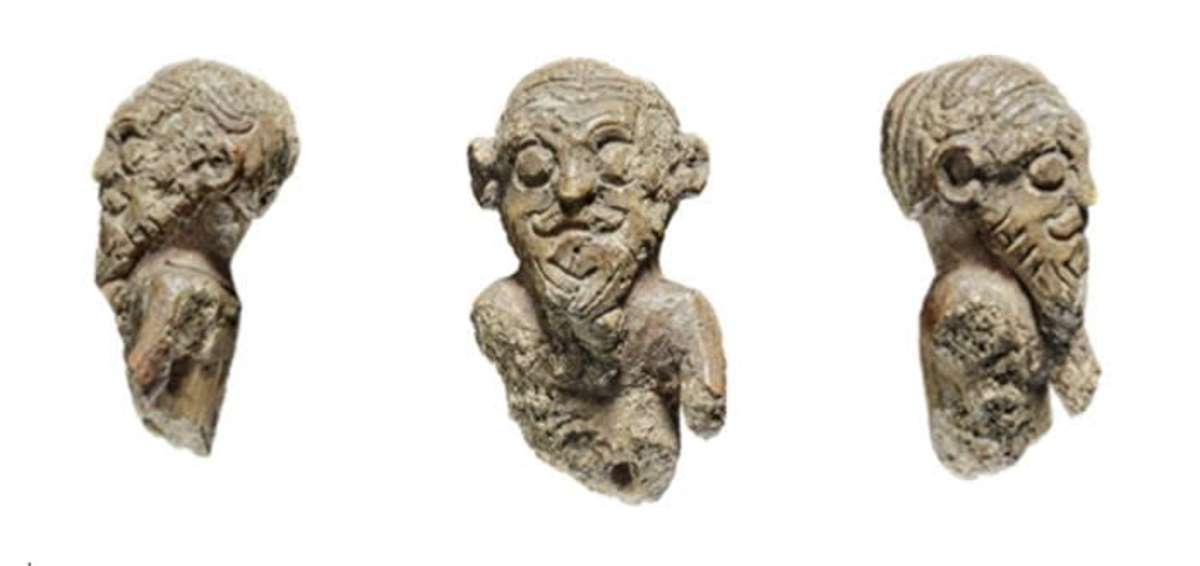Denmark’s National Museum recently unveiled a first-of-its-kind Viking “portrait,” which researchers claim is the closest they have yet come to an actual painting or photograph from the Viking Age, according to Ancient Origins.
The Discovery Challenges Stereotypical Notions About Viking Culture
The “portrait” in question is actually a remarkably detailed figurine carved in the 10th century from rare walrus ivory which measures only three inches in height. The small totem shows the man to be immaculately groomed, sporting a well-braided goatee in addition to a mustache and center parting of his hair. Researchers say this suggests that Vikings were actually much more consumed with personal appearance than stereotypical portrayals would lead one to believe.
Describing the figurine as “a miniature bust and as close as we will ever get to a portrait of [a] Viking,” National Museum curator Peter Pentz explained: “If you think of Vikings as savage or wild, this figure is proving the opposite, actually. He is very well-groomed.” Pentz came across the stunning item while he was organizing the museum’s current Viking exhibition.
“When I came across him in one of our storage rooms a few years ago, I was really surprised he just sat there, looking directly at me, and I had never before seen such a Viking, not in the many years I’ve been at the museum,” Pentz said.
Roberto Fortuna, the National Museum of Denmark
The Figurine Was First Discovered Centuries Ago
The totem was first discovered in 1797 interred with a presumed former Viking at an equestrian burial near Norway’s Oslo fjord. For centuries, it languished in the museum’s archives until Pentz happened to come across it. Researchers believe the figurine depicts a king from the popular board game Hnefatafl, which is often referred to as “Viking chess” and was played widely throughout Scandinavia between the 8th and 11th centuries.
The latest discovery is especially remarkable because Viking artifacts often focus on images of animals and nature, rarely depicting human beings with detailed features or expressions. It bucks back at preconceived notions that Vikings were disinterested in grooming, suggesting instead that they were a culture which took pride in their personal appearance.
